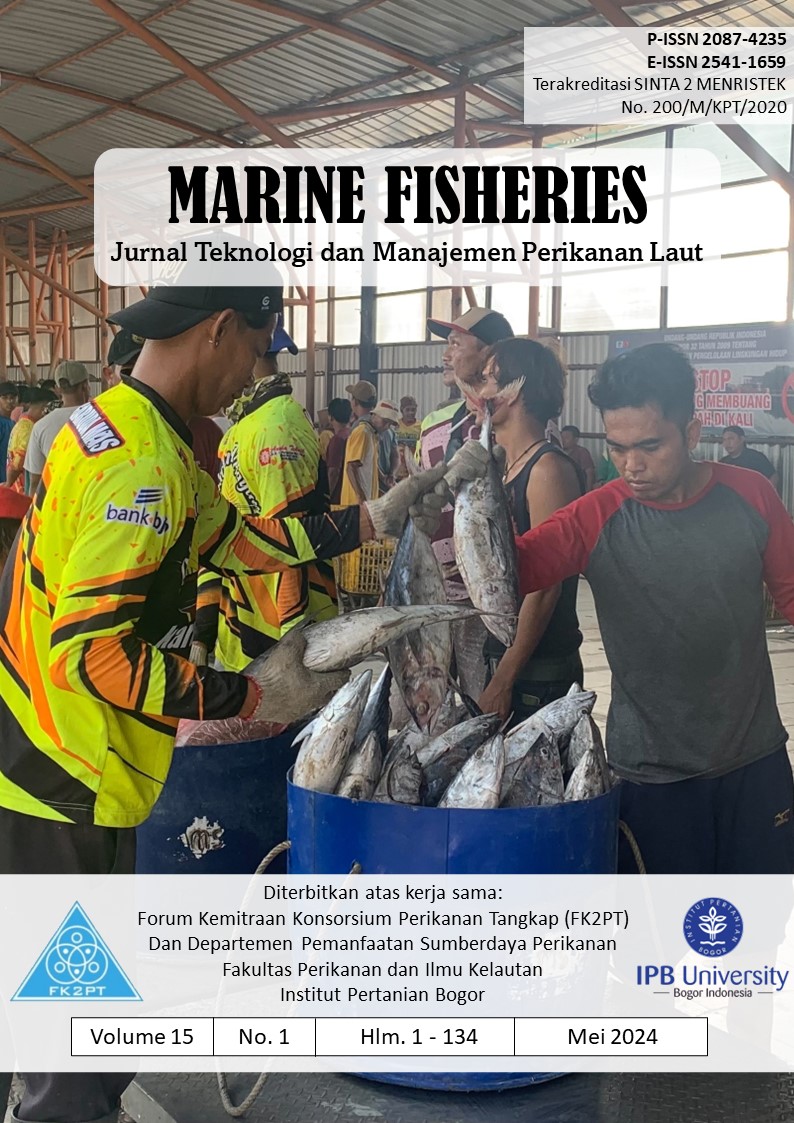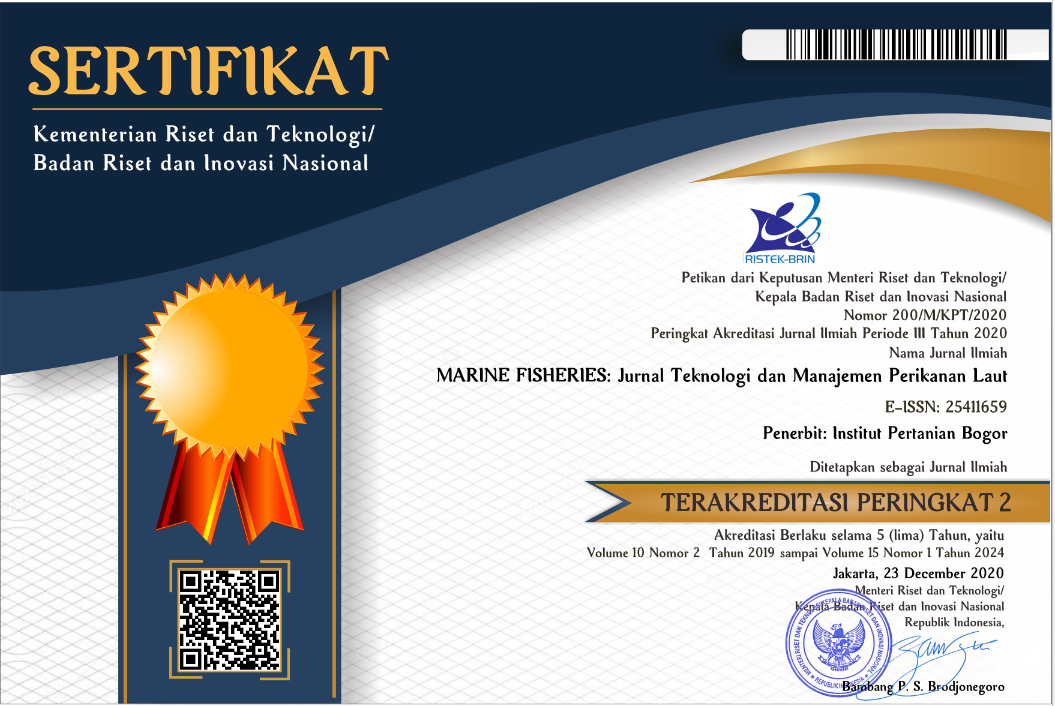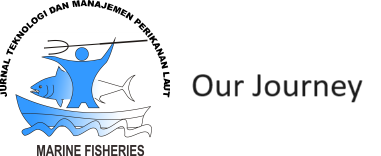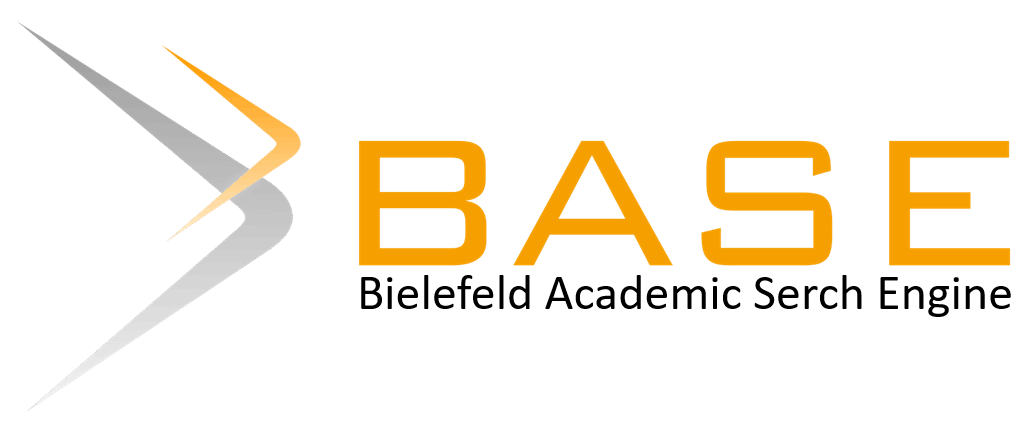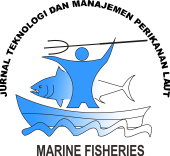STRATEGI PENCEGAHAN POTENSI PELANGGARAN ARMADA PENANGKAPAN IKAN STUDI KASUS PPS NIZAM ZACHMAN JAKARTA
Prevent Potential Violations Strategy of Fishing Vessel Case Study in PPS Nizam Zachman Jakarta
Abstract
Before fishing surveillance is one of the important surveillances at fishing ports. A case study at PPS Nizam Zachman Jakarta (PPSNZJ) stated that 22.75% of purse seiners use fishing gear and equipment following did not comply with fishing business license (SLO). This research aims to identify potential violations of fishing vessels at before fishing stage after the SLO was issued and the factors that cause these violations to produce a conceptual model for preventing potential violations of fishing fleets. Primary data were collected using open interview. The secondary data were collected from annual report of the Pangkalan PSDKP Jakarta and PPSNZJ fishing port, and previous studies. This research was approached using 4 stages of a soft system methodology (SSM) approach namely identifying unstructured problems, structuring problems, formulating root definitions, and formulating conceptual models. The results of research show that there are six problems in activities before fishing after the SLO was issued. Based on the SSM approach, issuing supervisory regulations after the SLO was required to prevent illegal addition of fishing gear and fishing equipment. This is due to the absence of supervision after the SLO was issued by fisheries inspectors.
Keywords: fishing surveillance, fisheries violation, SSM, strategy, PPSNZJ
Downloads
Copyright (c) 2024 Aditya Jaka Sembada, Sugeng Hari Wisudo, Roza Yusfiandayani

This work is licensed under a Creative Commons Attribution-NonCommercial 4.0 International License.
Author(s) who published in this journal agree to following terms:
- Author(s) must understand and agree that the copyright script in published owned by the Marine Fisheries Journal. The copyright includes reproducing and selling the manuscript to all parties.
- Everyone can cite every manuscript published in Marine Fisheries for educational purposes, with the author's name and the Marine Fisheries Journal on reference.

